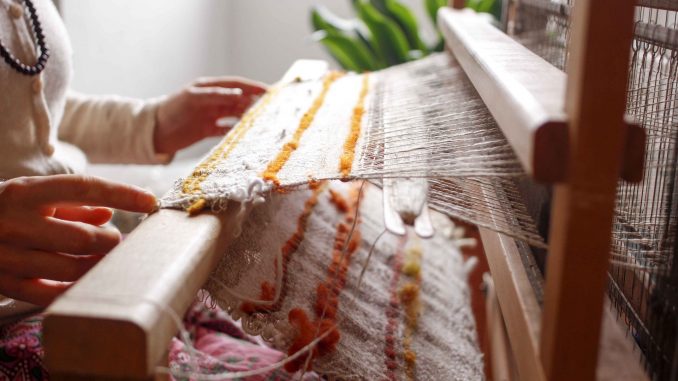
The Spanish textile industry has closed the year 2022 as a year of full recovery of its values before Covid 19, in all indicators, ending the year with a growth of +10% in terms of turnover compared to the same period a year earlier.
This is a level of activity that has resulted in an amount of 6,651 million euros, which is the historical record, with the added bonus of a clear improvement over the 5,796 million achieved at the close of 2019. This growth is largely due to the increase in exports.
According to the Confederation of the Textile Industry, Texfor, the statistics compiled by the Technical Center for Textiles and Clothing (CITYC) based on data provided by INE (National Institute of Statistics), MEYSS (Ministry of Employment and Social Security), EURATEX (association of European textile and clothing manufacturers) and the Department of Customs and Estimates, the values that the sector has come to reflect at the close of the year 2022 show a “clear post-pandemic recovery”, for a year in which the Spanish textile industry has had, nevertheless, continue to face many challenges.
In terms of the export segment, by type of product, the Spanish textile industry exported the most products in 2022 (32.1% of the total); followed by articles for technical use such as sanitary products, filters and protective fabrics (24.1%); household articles and other manufactured products (15.9%); yarns (11%); knitted fabrics (7.2%); fibers (6.8%) and carpets and coverings (2.9%). Sales amounted to 4,982 million euros.
In textiles, for 2022, the Spanish media presented a list of the main export markets for Spanish textiles, led by Morocco, which recorded a growth of +22.5%, representing 25,7% of the total, followed by France (11.6% of the total), Italy (9%), Portugal (8%), Germany (7.4%), Belgium (4.2%), the United Kingdom (2.8%), Poland (2.6%), the United States (2%) and Turkey (2%).
In terms of imports, the main suppliers of the sector last year were China, in first place, which increased its flow of +9.6% to represent 27.2% of total imports of the sector. It is followed by Turkey (10.9% of the total), Italy (10.5%), Pakistan (6.5%), India (5.8%), Portugal (5.8%), Germany (5.2%), France (3.9%), South Korea (2.6%) and Belgium (2.2%).

Be the first to comment